GM Plans to Resurrect Self-Driving Car Project With a Twist originally appeared on Autoblog.
GM is bringing Cruise back to life after its dramatic end
General Motors (GM) has begun reigniting its defunct self-driving Cruise business by approaching some of the subsidiary’s former employees for recruitment. However, the automaker is said to be pivoting from Cruise’s original mission of creating a robotaxi into manufacturing autonomous cars for personal use, Bloomberg reports. The Cruise revival would begin with GM developing a vehicle with hands-free, eyes-free driving with a human in the driver’s seat. Next, Cruise would create a car capable of operating without a human behind the wheel. Former Tesla Autopilot chief Sterling Anderson, now GM’s Executive Vice President of Global Product and Chief Product Officer, detailed Cruise’s updated roadmap during a meeting on August 6, according to those familiar with the matter. GM confirmed with Bloomberg that it’s using human-led vehicles equipped with lidar on public roads to gather data for its upcoming self-driving technology. GM spokesperson Chaiti Sen said: “We’re accelerating the development of autonomous driving technology capable of operating without active human oversight,” according to Bloomberg.

The original rise and fall of GM’s Cruise
Technology entrepreneur Kyle Vogt started Cruise in 2013, and the company was acquired by GM in 2016 for $1 billion. Subsequently, Cruise received a $30 billion valuation in 2021 and collected over $7 billion in investments. In 2022, Cruise said that over the next few years, it would launch tens of thousands of its Origin self-driving pods that were essentially a lounge on wheels. This ambition came to a grinding halt when a series of collisions involving Cruise’s autonomous Chevrolet Bolt test cars in San Francisco captured the public’s attention and led to California revoking its testing permits in late 2023. The most notable collision occurred in October 2023 when a woman was struck by a human-led vehicle in a crosswalk and thrown in the path of a Cruise car. The Cruise model then ran the pedestrian over and dragged her over 20 feet as it attempted to pull over. Cruise later paid a $500,000 fine to the United States Attorney’s Office for the Northern District of California after omitting reference to the event’s secondary movement and dragging of a pedestrian in a National Highway Traffic Safety Administration (NHTSA) report.
Related: BMW Backs Away from Self-Driving Promises
GM spent over $10 billion on Cruise after acquiring the company in 2016. While Cruise suspended its robotaxi operations in late 2023 after having its California permits revoked, it folded the division into its in-house work on advanced driver assistance systems (ADAS) like Super Cruise. In February, GM let around half of its Cruise staff go after it was reported that the subsidiary had nearly 2,300 employees at the end of 2024.
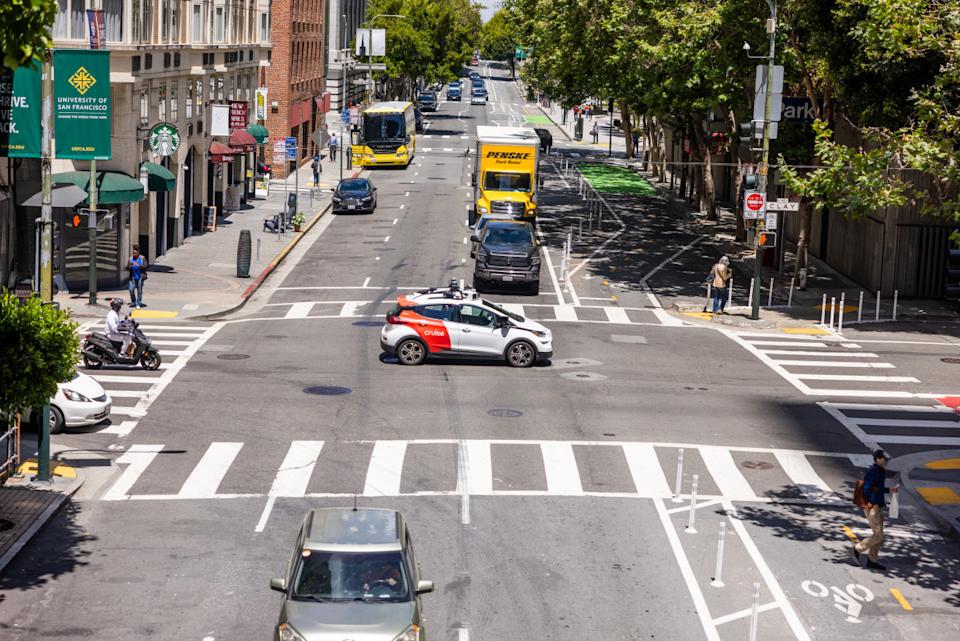
Final thoughts
The robotaxi business’s increasingly competitive landscape and GM’s previous losses in the niche have put Cruise on a different path in the self-driving race. While many manufacturers appear to be prioritizing partnerships with companies like Uber and Lyft to integrate their autonomous technology into the rideshare industry, GM is one of the few legacy automakers looking to make a serious push to achieve Level 5 autonomy in passenger vehicles. While the renewed initiative is in its early phases, it positions GM uniquely among its rivals.
GM Plans to Resurrect Self-Driving Car Project With a Twist first appeared on Autoblog on Aug 11, 2025
This story was originally reported by Autoblog on Aug 11, 2025, where it first appeared.
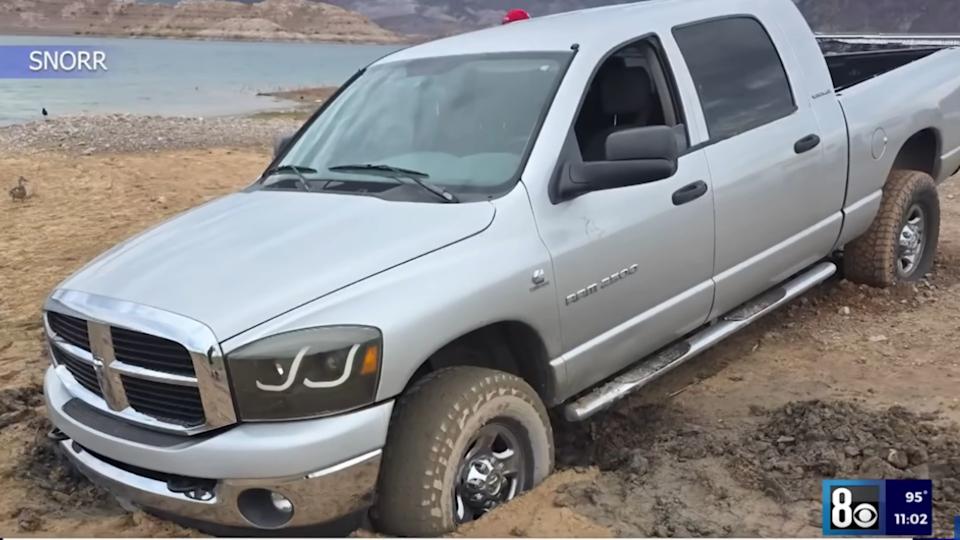
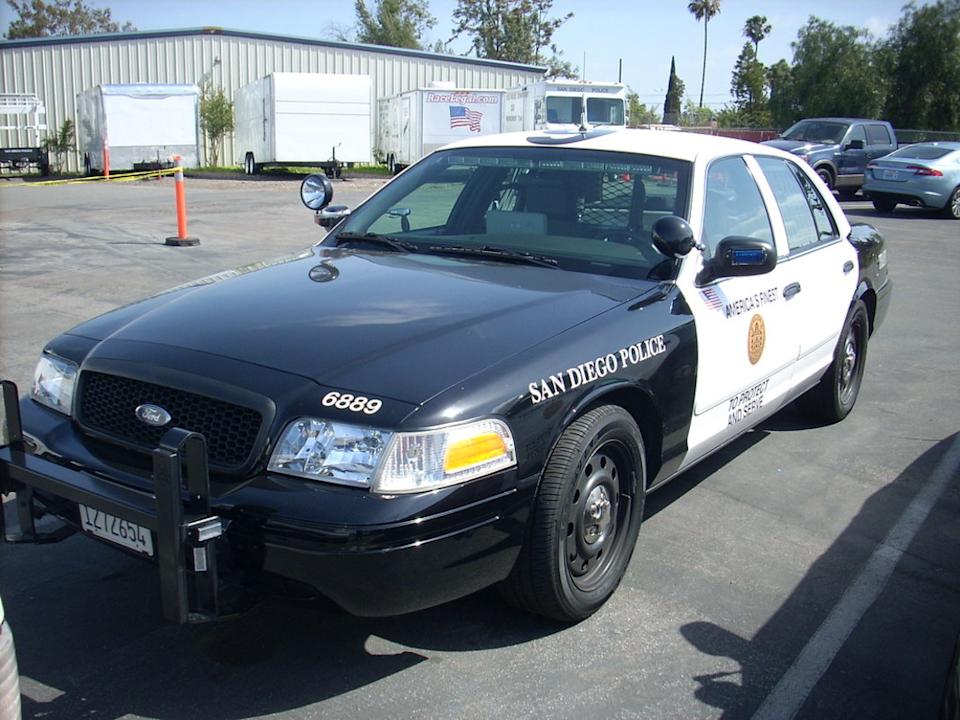


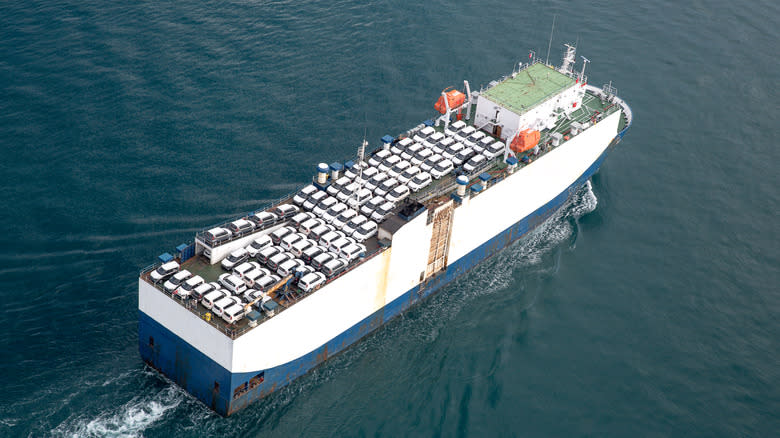
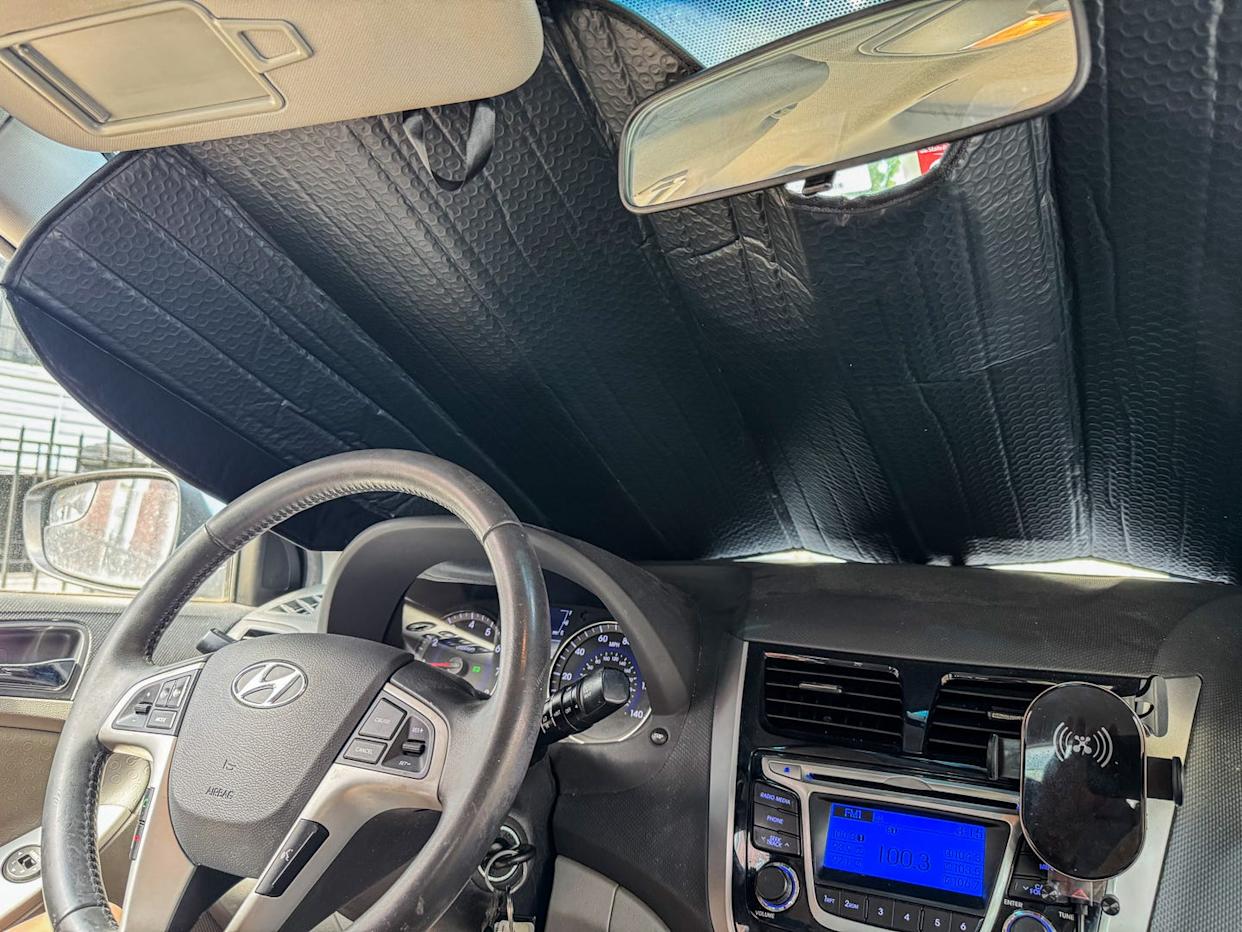

Comments